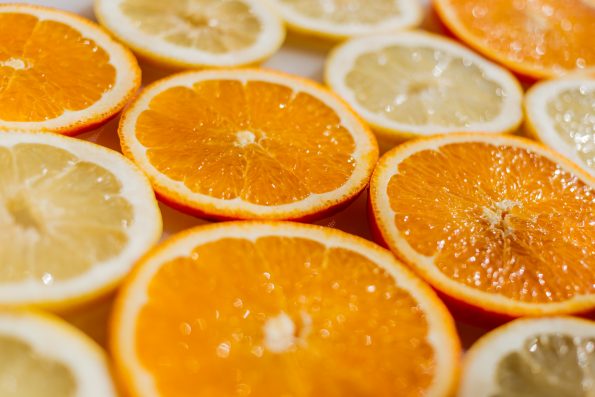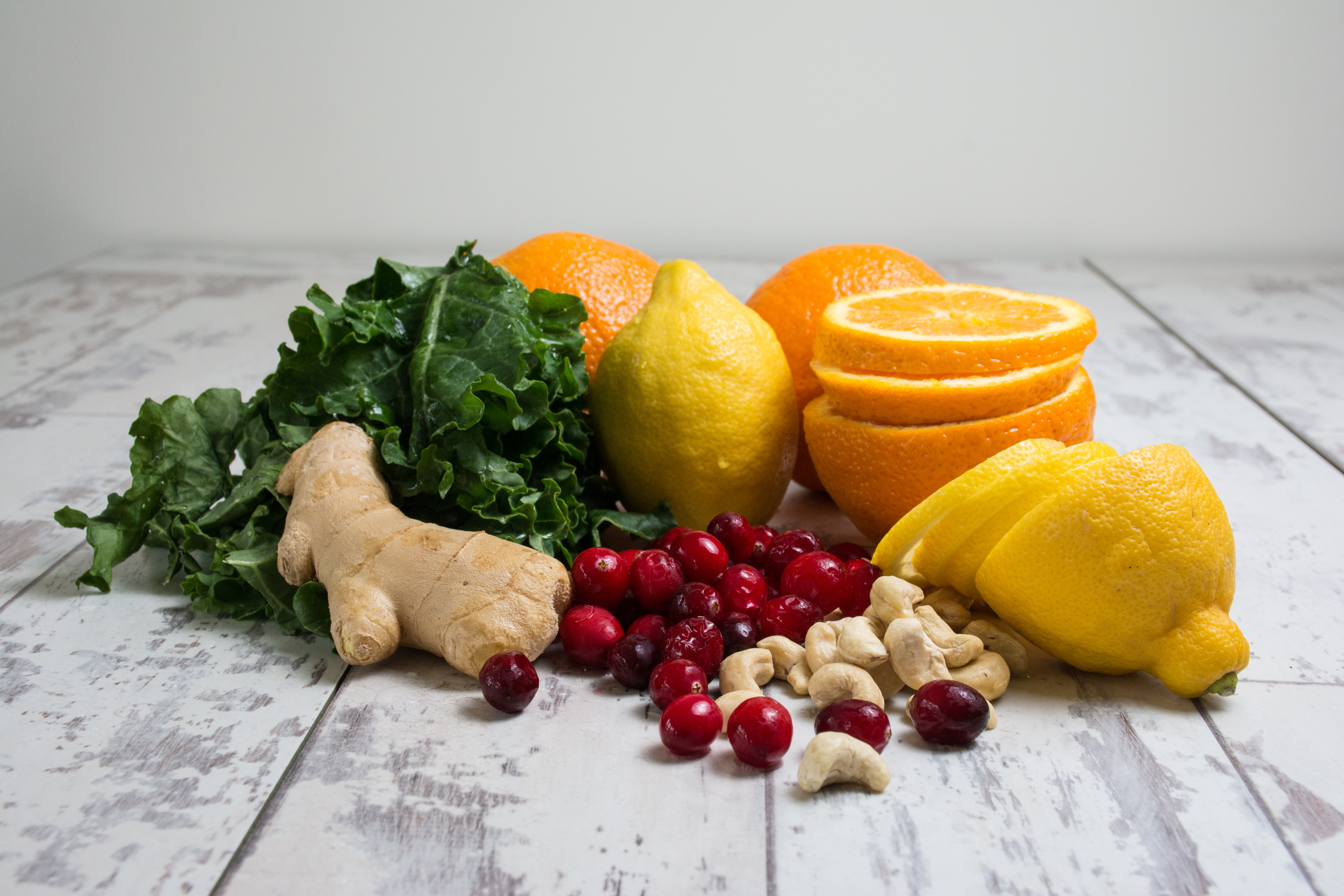The global vitamin and supplement industry is expected to be worth $278 billion by 2024. “Wellness” as a concept and industry, which often includes vitamin and supplement use, is heavily promoted by celebrities, athletes, and social media stars. IV therapy lounges are all the rage and have popped up in many major cities, and IV therapy is also offered in many naturopathic clinics. If you look online, there are all sorts of claims for what vitamins, minerals, and supplements can do, including treating Parkinson’s, macular degeneration, fibromyalgia, depression, “adrenal fatigue,” and the catch-all “detoxification”.
Potential Harms from Vitamins and Supplements
- Geller et al. (2015) estimated that there are 23,000 ED visits and over 2,000 admissions annually for adverse events related to supplement use
- Common reasons for taking supplements were weight loss and energy
- Common side effects included palpitations, chest pain, and tachycardia
- Most harms occur from vitamins and other minerals when taken in massive doses
- Ex: Taking niacin (B6) is one method recommended online to beat a urine drug test
- At doses of 1g/day → elevated liver enzymes
- 2-3g/day and higher → niacin toxicity
- Hepatic dysfunction → can progress to fulminant hepatic failure
- Case report of TTP and DIC
- Ex: Taking niacin (B6) is one method recommended online to beat a urine drug test
- Weight loss supplements are varied but some common adverse events can include:
- Hepatotoxicity (ex. Green tea extract, orlistat)
- Serotonin syndrome (ex. Garcinia cambogia, Hydroxycut)
- Mania/Psychosis (ex. Garcinia cambogia, Hydroxycut, Ma-huang [a natural source of ephedrine])
Potential Benefits from Vitamins and Supplements
- Vitamin D has been suggested as a treatment for various painful conditions
- Basit et al. (2016) suggested a single dose of Vit D3 600,000 IU IM led to a significant improvement in symptoms of peripheral neuropathy after 10 weeks and that patients did not need to be Vit D deficient to experience benefit
- Hirani et al. (2012) found that in adults over 65 in England, moderate to severe chronic pain was associated with low Vit D levels
- Lasco et al. (2012) found in a small RCT that a single dose of Vit D 300,000 IU IM given prior to menstruation reduced dysmenorrhea for up to 2 months
- A Cochrane review from 2015 by Straube et al. looked at Vitamin D and chronic pain
- Found 10 studies and a total of 811 patients with various painful conditions (e.g. rheumatoid arthritis, osteoarthritis, polymyalgia rheumatica, non-specific MSK pain, fibromyalgia)
- Various doses and routes of Vitamin D
- No convincing benefit found, but poor quality of studies and significant heterogeneity, so they concluded more studies were needed
Vitamin C, Thiamine, and Steroids for Sepsis
A brief overview: at the end of 2016, Paul Marik published a study in Chest that outlined his use of IV Vitamin C, Thiamine, and Steroids to treat severe sepsis and septic shock. A press release by Eastern Virginia Medical School and Sentara Healthcare then led to a story being published on NPR on March 23rd 2017. This story got picked up by other media outlets and was all over FOAMed and social media. It has become extremely controversial and many people have expressed their skepticism, but there have been reports of patients’ families specifically requesting it.
The Study:
- Retrospective, single-centre, propensity-matched, before-and-after study
- 47 adults with severe sepsis/septic shock in each group (the first 3 “pivotal cases” were removed from study)
- Intervention:
- Vitamin C 1.5 g IV q6h x 4 days or until ICU discharge
- Hydrocortisone 50 mg IV q6h x 7 days or until ICU discharge, then 3 day taper
- Thaimine 200 mg IV q12h x 4 days or until ICU discharge
- Control:
- Hydrocortisone 50 mg IV q6h per current guidelines (attending’s discretion)
- Both groups:
- Broad spectrum antibiotics
- Fluid restrictive resuscitation
- Norepinephrine early
- Lung-protective ventilator strategy
- Enteral nutrition once clinically stable
- Permissive hyperglycaemia
- No routine stress ulcer prophylaxis
- Results:
- Primary outcome (mortality): 40.4% control vs 8.5% intervention
- Absolute difference: 31.9%
- NNT 4
- Secondary outcomes (only significant listed):
- Duration of pressors: 54.9 hours vs 18.3 hours
- Renal Replacement Therapy: 37% vs 10%
- 72h delta SOFA score: 0.9 vs 4.8
- Primary outcome (mortality): 40.4% control vs 8.5% intervention

Criticisms of the study include its retrospective, non-randomized, non-blinded study design, as well as it being at a single centre with a small number of patients. There was a higher mortality rate in the control group than found in recent sepsis trials which leads to concerns about external validity. Not to mention, many feel that this is all “too good to be true” and will end up like previous sepsis “miracle cures” like activated protein c, methylene blue, hemofiltration, etc.
Supporting Evidence:
- Vitamin C
- Safe in sepsis (Fowler et al. 2014)
- In sepsis, levels fall (Wilson 2009)
- In sepsis, levels only correct with large doses (3 g/day) (de Grooth et al. 2016)
- May restore sensitivity to glucocorticoids (Marik 2016)
- Pre-op may prevent etomidate-induced adrenal suppression (Das et al. 2016, Nooraei et al. 2016)
- Required for catecholamine synthesis (Carr et al. 2015)
- Necessary for cortisol synthesis (Marik 2016)
- Reduces resuscitation fluid volumes in severe burns (Tanaka et al. 2000)
- Leads to dose-dependent reduction in SOFA scores (Fowler et al. 2014)
- Reduces dose & duration of pressors (Zabet et al. 2016)
- Levels correlate with multi-organ failure & death (Wilson 2009)
- Vitamin C+E reduced multi-organ failure in sick surgical patients (Nathens et al. 2002)
- Decreased mortality from 64% to 14% in surgical sepsis (Zabet et al. 2016)
- Thiamine
- Levels low in sepsis associated with mortality (Manzanares & Hardy 2011)
- Cofactor for pyruvate dehydrogenase and other enzymes (Kreb’s cycle).
- Thiamine deficiency is associated with lactic acidosis
- Reduces lactate & mortality in thiamine deficient septic patients (Donnino et al. 2016)
- May prevent calcium oxalate formation (potential side effect of Vitamin C) (Marik 2016)
Marik’s protocol isn’t quite ready to be adopted widely, although there are reports of physicians going ahead with some of their patients. There are RCTs being planned from Greece, Australia/New Zealand, and the US.
References
- Basit A, Basit KA, Fawwad A, et al. Vitamin D for the treatment of painful diabetic neuropathy. BMJ Open Diabetes Research and Care 2016;4:e000148.
- Carr AC, Shaw GM, Natarajan R. Ascorbate-dependent vasopressor synthesis: a rationale for vitamin C administration in severe sepsis and septic shock?. Critical Care. 2015 Nov 27;19(1):418.
- Das D, Sen C, Goswami A. Effect of Vitamin C on adrenal suppression by etomidate induction in patients undergoing cardiac surgery: A randomized controlled trial. Annals of Cardiac Anaesthesia. 2016 Jul;19(3):410.
- Daul AM, Beuhler MC. Niacin toxicity resulting from urine drug test evasion. The Journal of emergency medicine. 2011 Sep 30;41(3):e65-8
- de Grooth HJ, Choo WP, Spoelstra-de Man AM et al. Pharmacokinetics of four high- dose regimens of intravenous Vitamin C in critically ill patients [Abstract]. Intensive Care Med 2016.
- Donnino MW, Andersen LW, Chase M, Berg KM, Tidswell M, Giberson T, Wolfe R, Moskowitz A, Smithline H, Ngo L, Cocchi MN. Randomized, double-blind, placebo-controlled trial of thiamine as a metabolic resuscitator in septic shock: a pilot study. Critical care medicine. 2016 Feb 1;44(2):360-7.
- Farkas, J. Metabolic sepsis resuscitation: the evidence behind vitamin C. Pulmcrit. 2017 Mar 27. Available: https://emcrit.org/pulmcrit/metabolic-sepsis-resuscitation/
- Fowler AA, Syed AA, Knowlson S et al. Phase 1 safety trial of intravenous ascorbic acid in patients with severe sepsis. J Transl Med 2014; 12:32.
- Geller AI, Shehab N, Weidle NJ, Lovegrove MC, Wolpert BJ, Timbo BB, Mozersky RP, Budnitz DS. Emergency department visits for adverse events related to dietary supplements. N Engl J Med. 2015 Oct 15;2015(373):1531-40.
- Hendrickson BP, Shaikh N, Occhiogrosso M, Penzner JB. Mania induced by Garcinia cambogia: A case series. The Primary Care Companion for CNS Disorders. 2016;18(2).
- Hirani V. Vitamin D status and pain: analysis from the Health Survey for England among English adults aged 65 years and over. British Journal of Nutrition. 2012 Apr 14;107(07):1080-4.
- Igho O, Kang HS, Rachel P, Barbara W, Edzard E. The use of Garcinia extract (hydroxycitric acid) as a weight loss supplement: a systematic review and meta-analysis of randomised clinical trials. Journal of obesity. 2010 Dec 14;2011.
- Lasco A, Catalano A, Benvenga S. Improvement of primary dysmenorrhea caused by a single oral dose of vitamin D: results of a randomized, double-blind, placebo-controlled study. Archives of internal medicine. 2012 Feb 27;172(4):366-7.
- Lopez AM, Kornegay J, Hendrickson RG. Serotonin toxicity associated with Garcinia cambogia over-the-counter supplement. Journal of Medical Toxicology. 2014 Dec;10(4):399.
- Manzanares W, Hardy G. Thiamine supplementation in the critically ill. Current Opinion in Clinical Nutrition & Metabolic Care. 2011 Nov 1;14(6):610-7.
- Marik PE. “Vitamin S”(Steroids) and Vitamin C for the Treatment of Severe Sepsis and Septic Shock!. Critical care medicine. 2016 Jun 1;44(6):1228-9.
- Marik PE, Khangoora V, Rivera R, Hooper MH, Catravas J. Hydrocortisone, Vitamin C and Thiamine for the Treatment of Severe Sepsis and Septic Shock: A Retrospective Before-After Study. CHEST Journal. 2016 Dec 6.
- Mittal MK, Florin T, Perrone J, Delgado JH, Osterhoudt KC. Toxicity from the use of niacin to beat urine drug screening. Annals of emergency medicine. 2007 Nov 30;50(5):587-90.
- Narasimha A, Shetty PH, Nanjundaswamy MH, et al. Hydroxycut-dietary supplements for weight loss: can they induce mania? Aust N Z J Psychiatry. 2013;47(12):1205–1206.
- Nathens AB, Neff MJ, Jurkovich GJ, Klotz P, Farver K, Ruzinski JT, Radella F, Garcia I, Maier RV. Randomized, prospective trial of antioxidant supplementation in critically ill surgical patients. Annals of surgery. 2002 Dec 1;236(6):814-22.
- Nelson, L., Lewin, N., Howland, M., Hoffman, R., Goldfrank, L., & Flomenbaum, N. (Eds.). Goldfrank’s toxicologic emergencies. McGraw-Hill, New York. 2011.
- Straube S, Derry S, Straube C, Moore RA. Vitamin D for the treatment of chronic painful conditions in adults. The Cochrane Library. 2015.
- Tanaka H, Matsuda T, Miyagantani Y, Yukioka T, Matsuda H, Shimazaki S. Reduction of resuscitation fluid volumes in severely burned patients using ascorbic acid administration: a randomized, prospective study. Archives of Surgery. 2000 Mar 1;135(3):326-31.
- Weingart, S. A Letter to CMS from Paul Marik. EMCrit Blog. Published on April 29, 2017. Accessed on April 29th 2017. Available at [https://emcrit.org/misc/letter-cms-paul-marik/ ].
- Wilson JX. Mechanism of action of vitamin C in sepsis: ascorbate modulates redox signaling in endothelium. Biofactors. 2009 Jan 1;35(1):5-13.
- Zabet MH, Mohammadi M, Ramezani M, Khalili H. Effect of high-dose Ascorbic acid on vasopressor’s requirement in septic shock. Journal of research in pharmacy practice. 2016 Apr;5(2):94.




